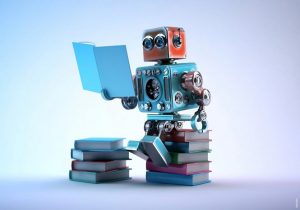We live in a world of information, where the amount of data increases faster than the ability to analyze it. The speed of the technology development has grown considerably, making it challenging to follow all the new inventions. A well-informed person is someone who can efficiently navigate through the information jungle, having the ability to find relevant information, catch new trends, and continuously learn new things, which are essential nowadays in the business world. Competitive intelligence is what you need for an efficient and smart management of your company.
Having the knowledge about discoveries and paths of the technology development is fundamental to survive in the market. To avoid other patent infringement and look for innovation, it is required to know and analyze the competition. All the industrial companies must be aware of the latest inventions, and for that reason, technology watch is necessary. However, due to the vast number of resources to analyze and digest the information, this tool became expensive and only available for multinational enterprises.
To help smaller companies, we have created a smart algorithm that has lowered the cost of gathering data, analyzing only the relevant information for businesses, enabling strategic making decisions to be based on competitive intelligence through an affordable and efficient tool. The matching algorithm searches for technology easier and faster, being able to understand the fields you are working on and giving you just the information that matches your interests.
As an added value of solutions for general competitive intelligence focusing only on competitors, we provide a better technology and patents ready for licensing. Taking this further step into product development boosts the R&D capacity of small and medium enterprises.
Our proprietary algorithm also takes into consideration the value of an invention and the level of a patent based both on the pre automated analysis of a patent’s claims and the assessment’s value of a consultancy. This is done in traditional methods used by IP attorneys and investors (discounted cash flows, etc.) to give the best matching results. Searching for the new inventions using our algorithm is more effective. It will prevent companies from missing an important information in the set of irrelevant documents.


